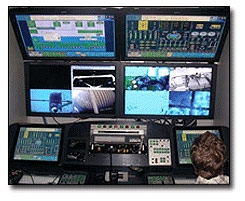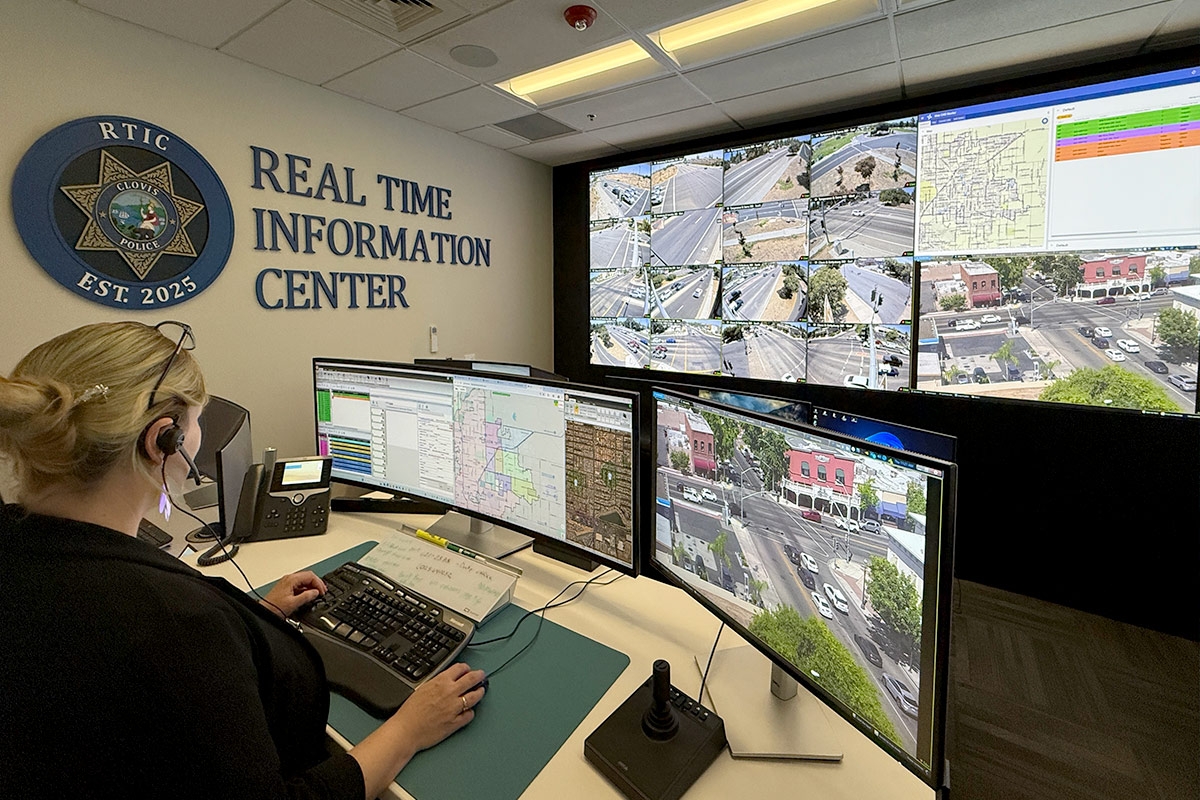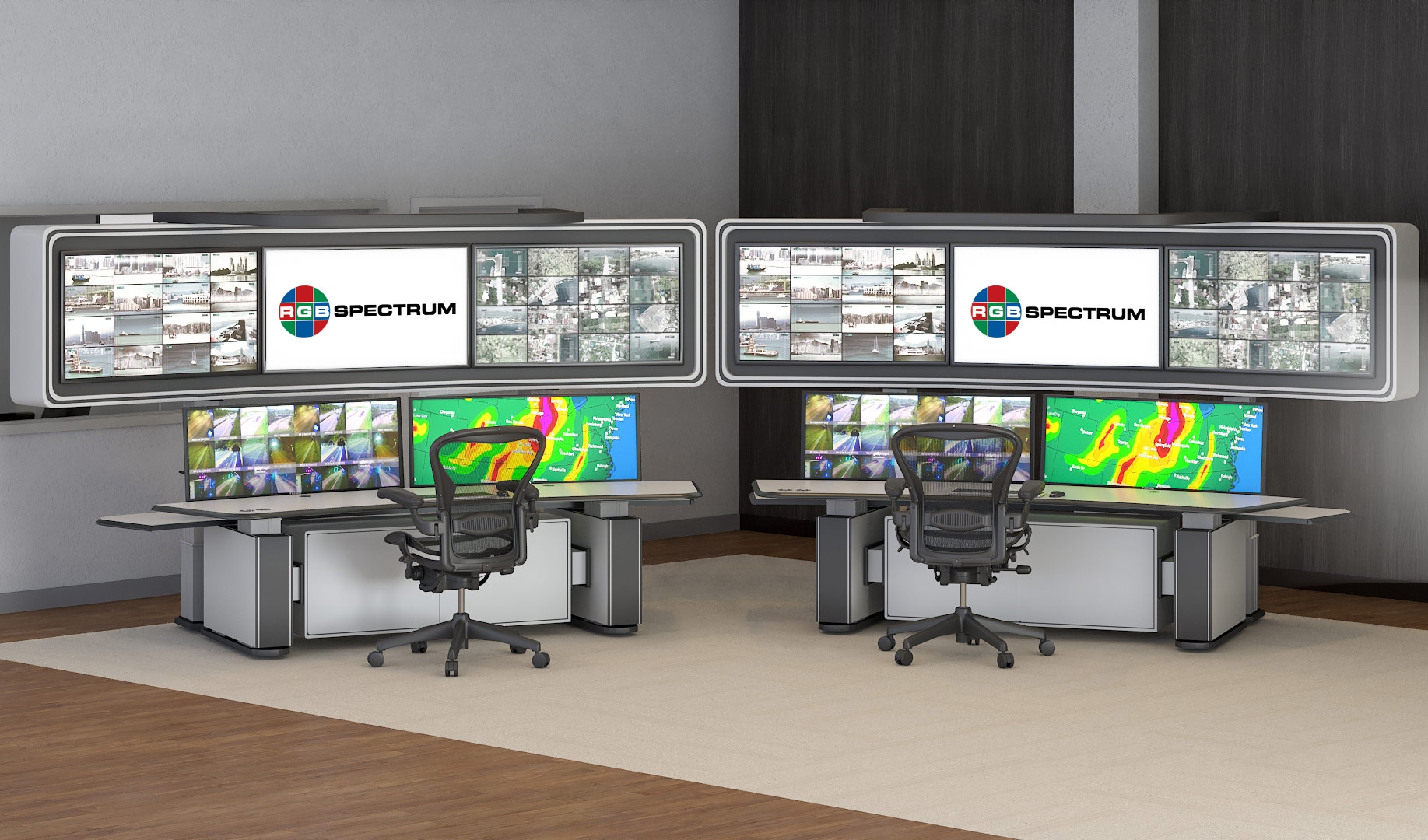Using a Video Wall to Control an Underwater ROV
Most people think of a video wall as an array of projectors displaying imagery in large venues, often public spaces serving multiple viewers. Today, video wall processors are also finding use as multi-monitor display systems serving a single operator. Perhaps one of the most extraordinary instances of this is the control of undersea remotely piloted vehicles or ROVs. Here the objective is the delivery of critical information to a single decision-maker, the ROV operator or a small team of operators. Hence the displays are likely to be flat panel monitors rather than projectors and the total display space measured in a few square feet rather than the dozens or hundreds of square feet of traditional video walls.
The monitor array may be considered to comprise the "display real estate" available to the operator. Even where individual images never span more than a single monitor, the advantage of a display wall processor is that it offers unified control far more efficiently than if the task were relegated to separate processors feeding individual monitors.
Underwater vehicles are used for a variety of missions, including the laying of cable and pipelines. To pilot an undersea ROV effectively requires the processing of information from a variety of sensors and data sources. Data must be delivered in a logical and efficient manner to the operator to facilitate decision making. Advanced subsea control systems improve the ability of operators to operate remote vehicles under a variety of operating conditions which can affect vehicle stability and visual systems.
In the info rich environment of an ROV control center a video wall processor is a major component of the overall control system, providing for the visualization, navigation and analysis of data. This is where "the rubber meets the road". The control interface allows the user to determine what information is displayed, and where and at what scale on the monitors. The display processor needs to be flexible enough to change according to the situation, allowing information sources to be selected and positioned according to their relevance in a given situation as well as to accommodate the preferences of individual operators or teams.
What makes for an optimal multiple screen processor for ROV control? Real-time display of inputs, without dropped frames or time lag is essential in highly dynamic situations. Another consideration is reliability. So is flexibility in display. RGB Spectrum is proud that its MediaWall multi-image display system meets the requirements for such mission critical systems.
RGB Spectrum is a leading designer and manufacturer of mission-critical, real-time audio-visual solutions for a civilian, government, and military client base. The company offers integrated hardware, software, and control systems to satisfy the most demanding requirements. Since 1987, RGB Spectrum has been dedicated to helping its customers achieve Better Decisions. Faster.™


